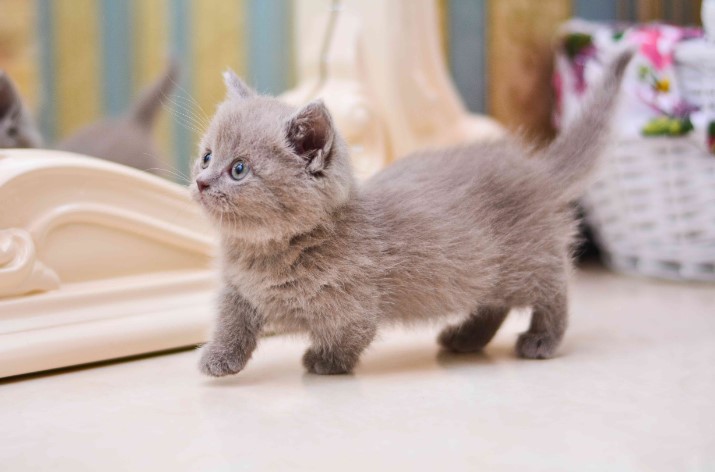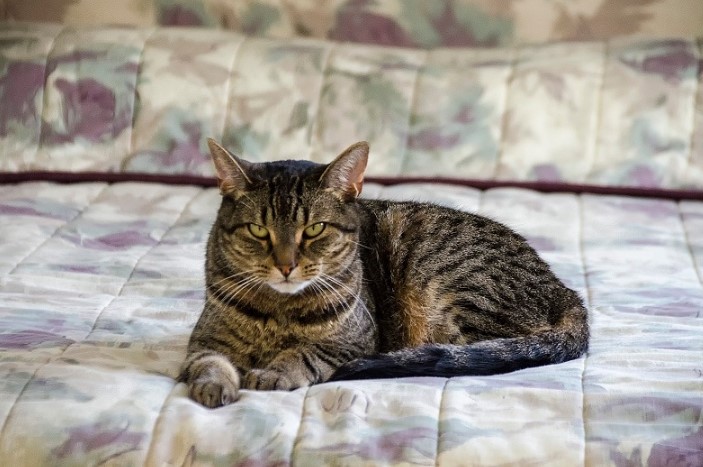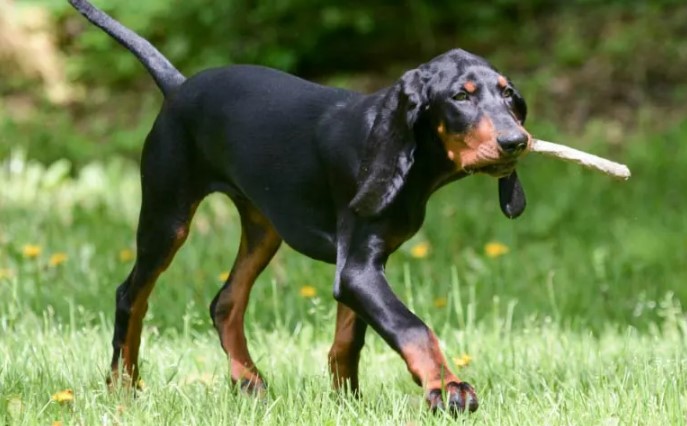
Unraveling the Black and Tan Coonhound: A Versatile Hunting Companion
Introduction
The Black and Tan Coonhound is a distinctive breed known for its hunting prowess, loyalty, and affectionate nature. In this comprehensive guide, we will delve into the various aspects of this remarkable canine companion, from its history and appearance to its temperament, care requirements, and more.
Getting to Know the Black and Tan Coonhound
An Overview of the Breed’s History
The roots of the Black and Tan Coonhound can be traced back to early America, where it was developed as a hunting dog specifically bred for tracking and trailing raccoons and other game. The breed’s ancestors likely include the Bloodhound, Foxhound, and possibly other European hound breeds brought to the United States by early settlers.
Appearance and Physical Characteristics
Black and Tan Coonhounds are medium to large-sized dogs with a strong, athletic build. They possess distinctive features that set them apart from other breeds.
Notable Features
One of the most recognizable characteristics of the Black and Tan Coonhound is its coat coloration, which is predominantly black with tan markings on the muzzle, chest, legs, and eyebrows. Their ears are long and pendulous, and their eyes are typically dark brown or hazel.
Temperament and Personality Traits
Despite their formidable appearance, Black and Tan Coonhounds are gentle and affectionate dogs that thrive on companionship and human interaction.
Affectionate Companionship
These dogs are known for their loyalty and devotion to their families, making them excellent household pets for individuals and families alike.
Family-Oriented Nature
Black and Tan Coonhounds are particularly well-suited for families with children, as they are patient and tolerant by nature. They often form strong bonds with their human companions and enjoy being included in family activities.
Eager to Please
While they can be independent thinkers, Black and Tan Coonhounds are generally eager to please their owners and respond well to positive reinforcement training methods.
Exercise and Training Needs
Due to their hunting heritage and high energy levels, Black and Tan Coonhounds require plenty of exercise and mental stimulation to stay happy and healthy.
Active Lifestyle Requirements
These dogs thrive in environments where they have ample opportunities for physical activity, such as long walks, hikes, or runs in a secure area.
Mental Stimulation
In addition to physical exercise, Black and Tan Coonhounds benefit from engaging mental activities, such as puzzle toys, scent games, or obedience training sessions.
Obedience Training
Consistent training from an early age is essential to channel their intelligence and energy in positive ways and prevent behavioral issues.
Grooming and Care
While Black and Tan Coonhounds have relatively low-maintenance coats, they still require regular grooming and care to keep them looking and feeling their best.
Coat Maintenance
Their short, dense coats should be brushed regularly to remove loose hair and prevent matting. Bathing should be done as needed, using a mild dog shampoo to avoid stripping the natural oils from their skin.
Tips for Keeping Your Coonhound Healthy
In addition to grooming, maintaining a healthy diet, providing regular veterinary care, and ensuring they receive plenty of exercise are essential aspects of caring for a Black and Tan Coonhound.
Regular Exercise Regimen
Daily walks or play sessions, combined with opportunities for off-leash running in a secure area, help to satisfy their need for physical activity and prevent boredom.
Common Health Concerns
While Black and Tan Coonhounds are generally healthy dogs, like all breeds, they are prone to certain genetic health issues that prospective owners should be aware of.
Understanding Potential Issues
Some of the most common health concerns associated with this breed include hip dysplasia, ear infections, and bloat (gastric dilatation-volvulus).
Genetic Predispositions
Responsible breeders screen their breeding stock for genetic health conditions to reduce the risk of passing on hereditary diseases to their offspring.
Recommended Health Screenings
Before acquiring a Black and Tan Coonhound puppy, it is advisable to inquire about health clearances for both the parents, including hip and elbow evaluations, as well as ophthalmologist assessments.
Feeding Guidelines
Proper nutrition is essential for maintaining the health and well-being of Black and Tan Coonhounds throughout their lives.
Nutrition Essentials
A balanced diet that meets their nutritional needs based on age, size, and activity level is crucial for keeping these dogs in optimal condition.
Dietary Recommendations
High-quality commercial dog foods formulated for active breeds are generally suitable for Black and Tan Coonhounds. It is essential to monitor their calorie intake and adjust portions accordingly to prevent obesity.
Special Considerations for Coonhounds
Some Coonhounds may have food sensitivities or allergies, so it may be necessary to experiment with different diets to find the most suitable option for your dog.
Finding the Right Breeder
When looking to add a Black and Tan Coonhound to your family, choosing a reputable breeder is paramount to ensuring you get a healthy, well-socialized puppy.
Key Considerations
Ethical breeders prioritize the health and welfare of their dogs and adhere to responsible breeding practices to produce sound, genetically diverse puppies.
Ethical Breeding Practices
They conduct health screenings on their breeding stock, provide proper care and socialization for their puppies, and offer ongoing support and guidance to new owners.
Questions to Ask
Before purchasing a puppy, prospective owners should ask breeders about health clearances, temperament testing, and any guarantees or contracts they provide.
Bringing Home Your New Coonhound
Preparing for the arrival of a new Black and Tan Coonhound involves creating a safe and welcoming environment for your new furry friend.
Preparation Tips
Set up a designated area for your Coonhound with a comfortable bed, food and water bowls, toys, and other essentials.
Setting Up Your Home
Ensure your home is pet-proofed and free of any hazards that could pose a danger to your curious canine companion.
Introducing Your Coonhound to Family Members
Take your time to introduce your new Coonhound to other pets and family members gradually, allowing them to adjust to their new surroundings at their own pace.
Training Your Coonhound
Early and consistent training is essential for shaping your Black and Tan Coonhound into a well-behaved member of the family.
Establishing a Strong Foundation
Focus on positive reinforcement techniques to motivate and reward desired behaviors, such as sit, stay, come, and leash walking.
Positive Reinforcement Techniques
Use treats, praise, and affection to reinforce good behavior and avoid punishment-based methods that can undermine trust and confidence.
Socialization Strategies
Expose your Coonhound to a variety of people, animals, and environments from a young age to help them develop into confident and well-adjusted adults.
Activities for Coonhounds
Black and Tan Coonhounds thrive on activities that engage their natural instincts and provide mental and physical stimulation.
Fun Ways to Keep Your Dog Engaged
Consider participating in activities such as scent work, tracking, agility, or obedience trials to challenge your Coonhound’s mind and body.
Outdoor Adventures
Take advantage of the breed’s love for the outdoors by exploring hiking trails, going camping, or engaging in other outdoor adventures together.
Participating in Dog Sports
Coonhounds excel in various dog sports and activities,
such as lure coursing, rally obedience, or even competitive coonhound events, where they can showcase their natural hunting abilities in a controlled setting.
Black and Tan Coonhound in Popular Culture
Throughout history, Black and Tan Coonhounds have left their mark on popular culture, appearing in literature, film, and television.
Recognizable Appearances
Their distinctive appearance and unique talents have made them popular subjects for artists, writers, and filmmakers alike.
Contributions to Literature and Media
From classic novels to modern-day movies, Black and Tan Coonhounds have been featured in various forms of literature and media, often portrayed as loyal and courageous companions.
Enduring Popularity
Despite being primarily bred for hunting, Black and Tan Coonhounds have endeared themselves to countless families as beloved pets and loyal companions.
Conclusion
In conclusion, the Black and Tan Coonhound is a versatile and loyal breed with a rich history and unique set of traits. Whether as a hunting partner, family pet, or competitive athlete, these dogs excel in various roles and continue to capture the hearts of dog lovers around the world.
FAQs
- Are Black and Tan Coonhounds good with children? Yes, they are generally good with children, especially when properly socialized from a young age. However, supervision is always recommended when they are around small children due to their size and energy levels.
- Do Black and Tan Coonhounds require a lot of exercise? Yes, these dogs are highly energetic and require regular exercise to stay healthy and happy. Daily walks, runs, or play sessions in a fenced yard are essential to meet their exercise needs.
- Are Black and Tan Coonhounds easy to train? While they are intelligent dogs, Black and Tan Coonhounds can be independent and stubborn at times, which may pose challenges during training. Consistency, patience, and positive reinforcement techniques are key to successful training.
- Do Black and Tan Coonhounds get along with other pets? With proper socialization, Black and Tan Coonhounds can coexist peacefully with other pets in the household, including cats and other dogs. Early introduction and supervised interactions can help foster positive relationships.
-
How much grooming do Black and Tan Coonhounds require? Their short, dense coats are relatively low-maintenance and only require occasional brushing to remove loose hair and prevent matting. However, regular ear cleaning and nail trimming are important aspects of their grooming routine.
You May Also Like
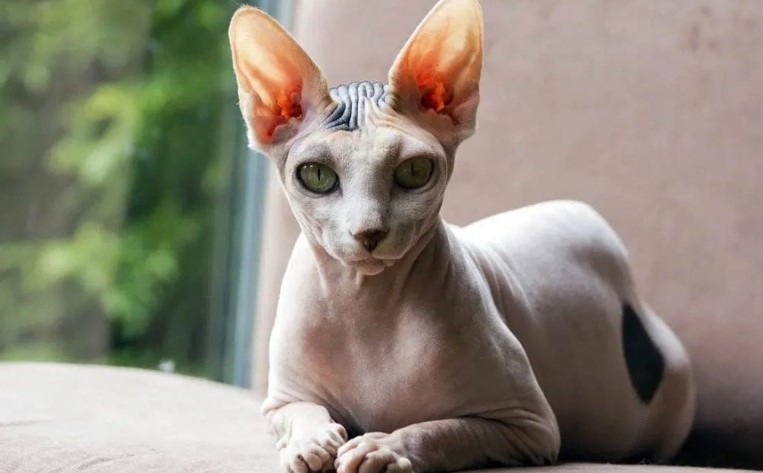
Peterbald Cat Breed
October 1, 2024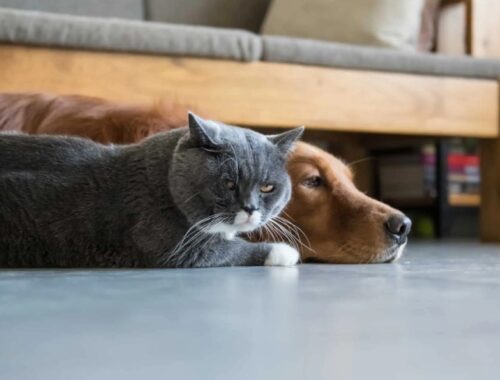
Compassionate In-Home Pet Euthanasia for Dogs and Cats
November 11, 2025